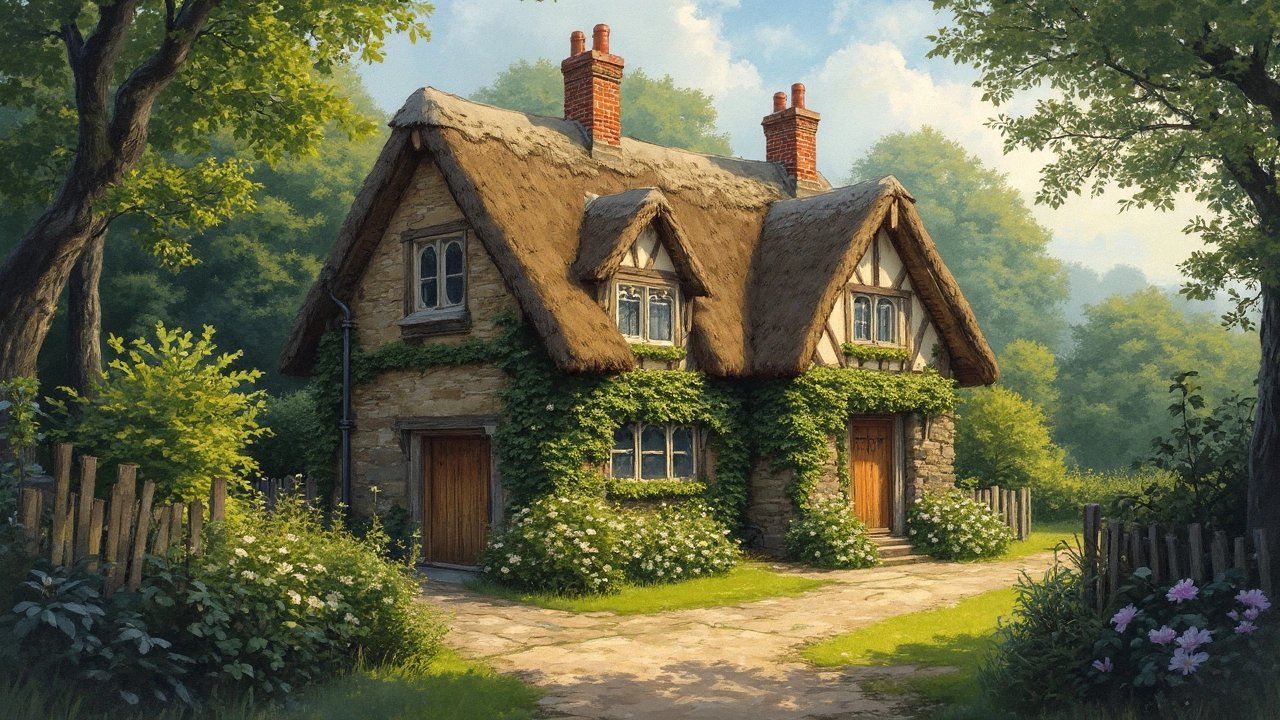Living in Cottages: Your Guide to Cozy Country Life
Thinking about swapping a city flat for a snug cottage? You’re not alone. More people are choosing cottage life because it feels simple, comfortable, and rooted in nature. Below you’ll find straight‑forward advice on what makes a cottage special, how to pick the right one in Lancashire, and a few tricks to get the most out of your stay.
What Makes a Cottage Different?
A cottage isn’t just a small house. It’s a building style that grew out of farm life, with thick walls, low ceilings, and a warm, lived‑in feel. Unlike a modern apartment, a cottage often has a fireplace, exposed beams, and a garden you can actually use. Those details create a sense of history you won’t get in a sleek hotel room.
Size matters, but not in the way you think. Many cottages have just one or two bedrooms, but the layout can vary a lot. Some have a loft bedroom, a separate sitting room, or even a tiny attic studio. Knowing how many rooms you need helps you avoid surprises – a three‑bedroom cottage might still feel cozy if the living space is open and bright.
Location is another big factor. A rural cottage in the Lancashire hills offers sweeping views and quiet walks, while a coastal cottage gives you sea‑air breezes and beach access. Think about your daily routine: do you want easy driving routes, nearby pubs, or a peaceful spot far from traffic?
How to Find the Right Cottage in Lancashire
The easiest way to start is by searching for cottages that let you book directly with the owner. Cutting out the middleman often saves you money and gives you a real insider’s tip about local attractions. Look for listings that mention “direct booking”, “owner contact”, or “no extra fees”.
Once you have a few options, compare the bedroom count, floor plan, and any extra amenities. Do you need a fully equipped kitchen? A private garden? Some cottages offer eco‑friendly features like solar water heating or composting toilets – great if you care about sustainability.
Read the reviews. Past guests usually mention the real pros and cons, such as noisy neighbors, hidden stairs, or the warmth of the fireplace in winter. This helps you avoid hidden fees like resort charges that some hotels add without warning.
Don’t forget to check local regulations. In some historic villages, there are limits on how many floors a cottage can have or restrictions on modifications. Knowing the rules ahead of time saves headaches if you plan a longer stay or want to personalize the space.
Finally, trust your gut. When you walk through a cottage, notice how the light hits the rooms, whether the furniture feels inviting, and if the surrounding area matches your vibe. If it feels right, that’s a good sign you’ll enjoy your stay.
Living in a cottage isn’t just a night away; it’s a chance to slow down, breathe fresh air, and experience the charm of Lancashire’s countryside. Whether you’re after a romantic getaway, a family break, or a solo retreat, the right cottage can turn a simple holiday into a memory you’ll cherish.

Disadvantages of Cottage Homes: What You Need to Know
Cottage homes can seem idyllic with their charm and quaint appearance, but they come with several drawbacks. Issues like limited space, maintenance costs, and lack of modern amenities often surprise new owners. Weather challenges and potential isolation also add to the downsides. Understanding these potential pitfalls is key if you're considering cottage living.
Continue Reading